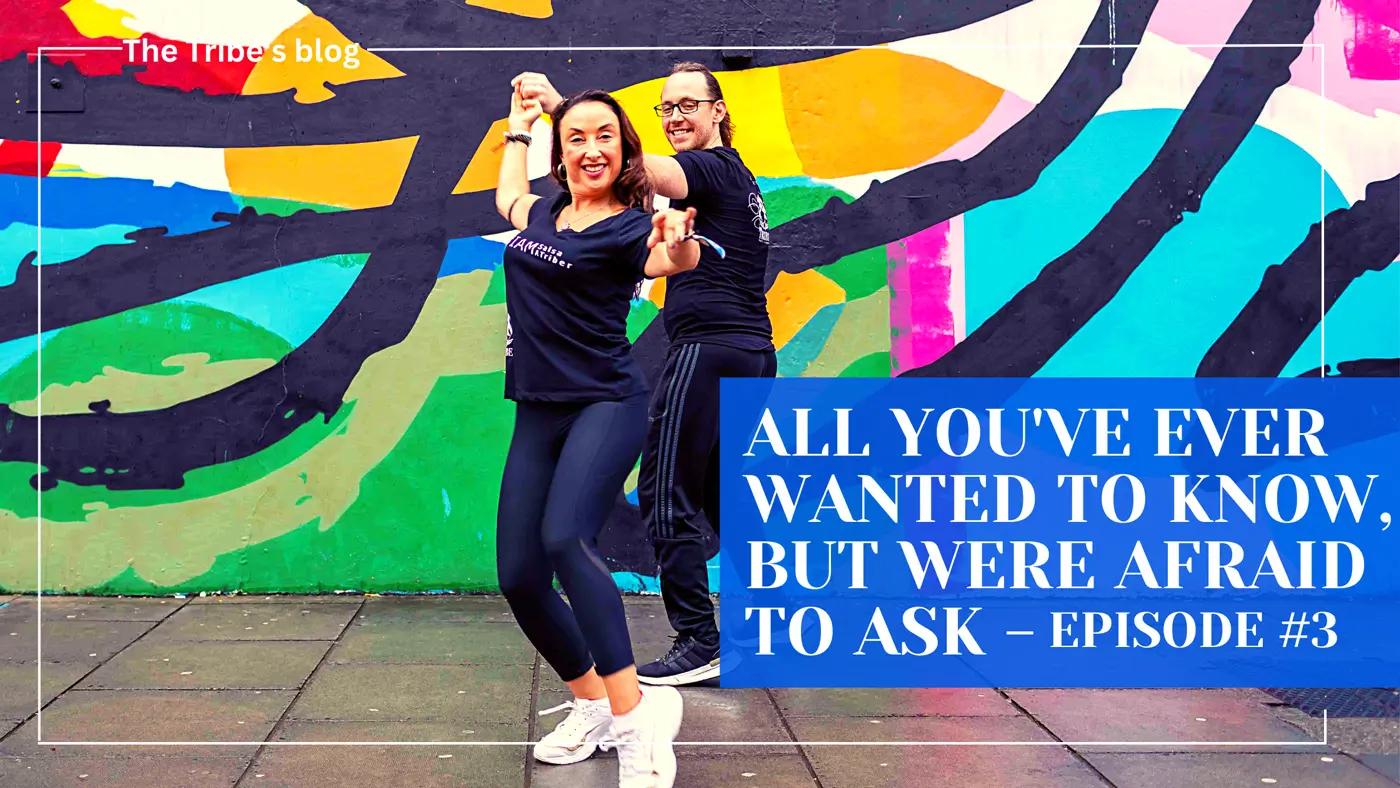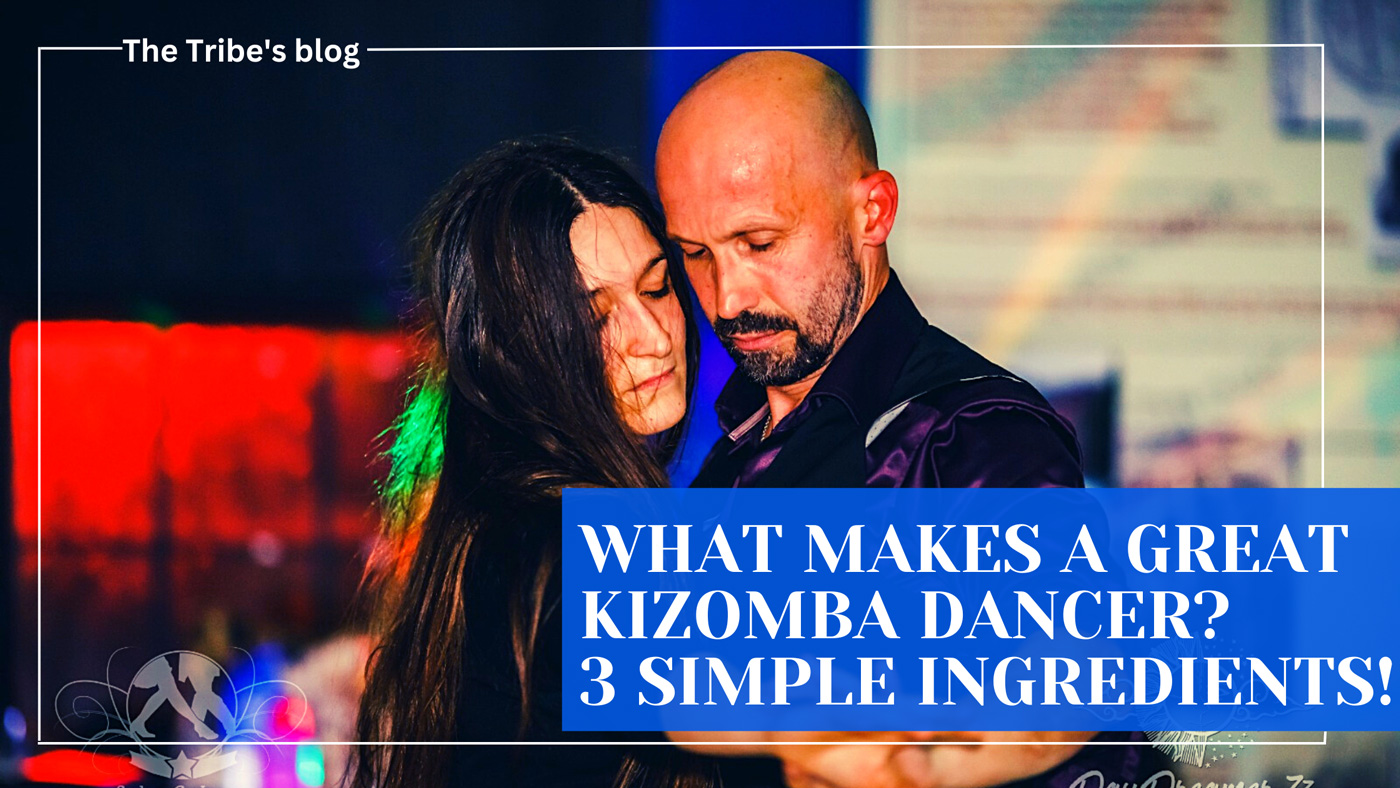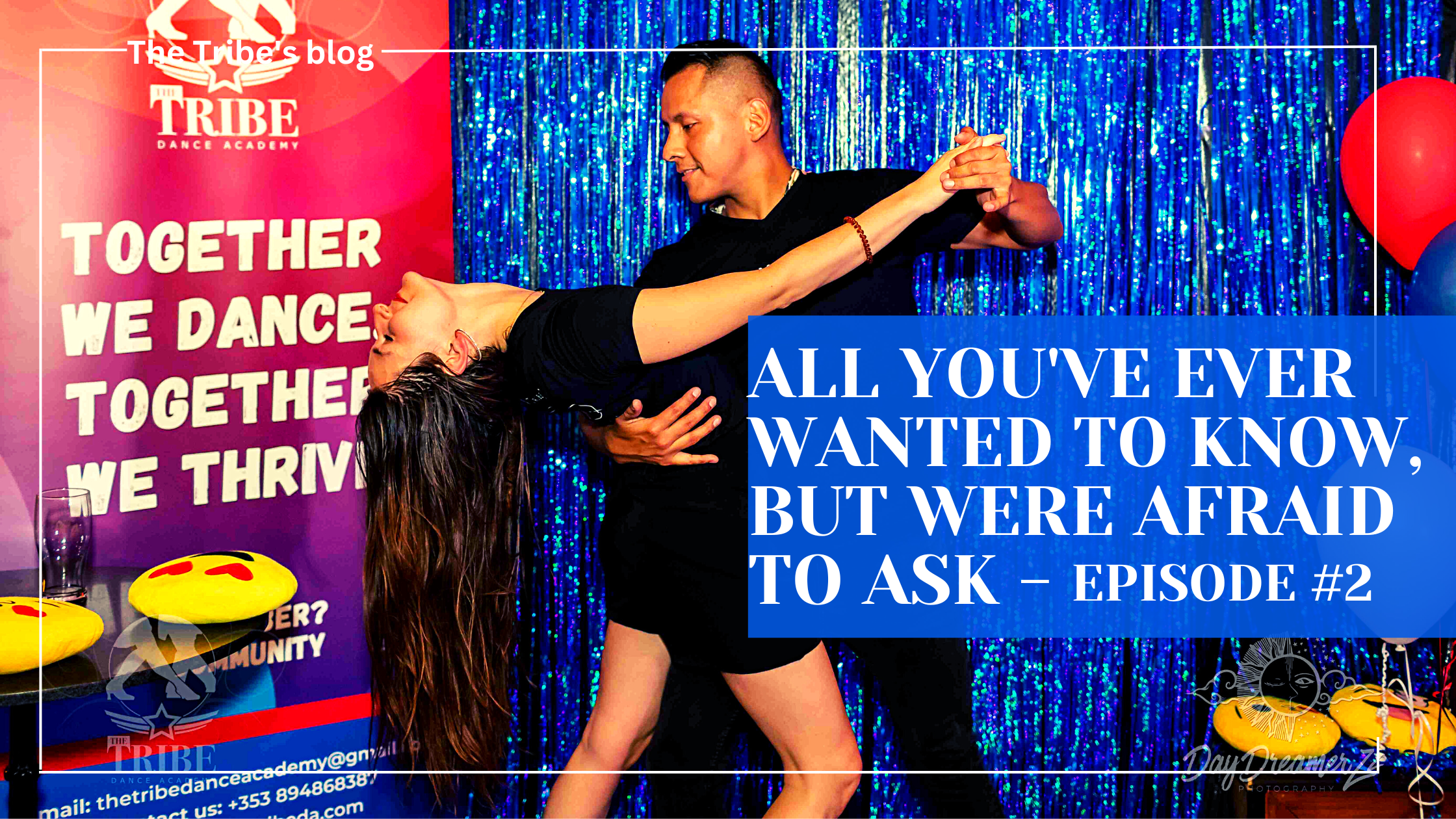Episode 3
A series by Doc Shades.
Hey Doc, there’s this lady I followed into bachata, but I feel I’m not ready to ask her to dance yet, I don’t know enough moves! Please help!
Well, dear reader, you can be into someone, know a lot of fancy moves, and yet still feel incapable of asking them for a dance – I know that all too well, believe me. Being flamboyant on the dancefloor doesn’t stop us from feeling insecure when it comes to approaching that special someone. And sometimes we still feel like that even with asking anyone for a dance, not just someone that makes our heart beat faster.
But you are raising an interesting question: what are the minimum requirements to get started on the dancefloor? What moves do I need to know to build a dance? For disclaimer, I am a work-in-progress (that’s charitable for “disaster”) at salsa, have barely any notion of kizomba, and have no idea what I’m doing in tango. But I know my way around Bachata so I can give you a few pointers for this style!
So today, we’ll be attempting to list some moves that could form the bachata beginner survival kit. This connects to a question I’ll be covering at a later date – what makes a good dance. But before we take a dive into the depths of connection and such, we can get some practicalities out of the way, and that’s what we’re doing today!
For our kit, let’s face it. There’s no way we can do a good job just with words. So instead, we’ll share the link to some videos that cover the basics at the end of this post, and give some pointers on how to use each move.
Prior to the dance, check that you are in good condition: teeth brushed, deodorant applied? Good. Now go invite that person! You’re with them now, and there is one element that comes before all the others. It is attention. Pay attention to the moment, and to yourself. How do you feel in your body? Do you have the urge to do something goofy? (go for it!!) Do you enjoy the music? Pay attention to your partner, and make it clear that you are with them for the dance. How do they feel, do they seem relaxed? Eye contact, what is the color of their eyes? Starting with this checklist, it helps you be in the moment and that helps you do a better job as a dancer.
We’ll go in more detail about connection later on, but with these basics, you’ve won half the battle! The other half is to know what to do with your feet and that’s what we’re talking about right now. Without further ado, the list of moves that make a good bachata starter kit!
Basic lateral
A good step to ease into the music, usually we all start with a few basic steps before we try any other move. It can be executed on any hold. An all time favorite in socials, when it comes to starting a dance. Why is that? Well first, because it’s easy! And also, it’s a good way to get an idea of your partner’s skill and mindset. Another useful aspect of it: it’s the classic step that you can do while thinking about the next move you want to execute: it gives you a moment to breathe and to think. And you’d be surprised at the number of variations we can have, just with this basic step. For instance, as long as your feet are stepping correctly on beats 1, 4, 5 and 8, that gives you a full half of the musical phrase to include syncopations, extra additional quick steps or why not, variety in the length of your pace to include a bit of spice and acceleration. So knowing your basic lateral is a necessary element to get started with bachata dance.
Basic forward
The basic forward and back follow the exact same footwork as the basic lateral, except instead of going sideways you go forward and back! Or, if you want to surprise your partner, you go forward and forward again! Just be careful because the dancefloor is usually busy, and all this traveling puts you at risk of crashing into another couple so check that the area is clear before attempting this kind of maneuver.
On the spot
This one, people often don’t like. Mostly because it’s easy to lose track of your feet and your weight when you’re not really stepping. But here is why I think it still deserves to be part of the survival kit: in any social, there will be a point where an obstacle appears in front of you. Be it a wall, piece of furniture, or another human (the plonker didn’t pay attention to their surroundings!), they all represent an obstacle that you’d be unwise to try and go through. This isn’t a moshpit, and we aren’t at the Wacken festival. So while metalheads are welcome to dance bachata, they are kindly asked to leave their more enthusiastic moves at the locker, unless there is plenty of space to proceed safely. But I digress. Look, you’re not the Hulk, you don’t plow through obstacles. So having the option to keep dancing but stop going forward, is nice. Plus, knowing how to track your weight shifts while on the spot will prove extremely valuable later on, when you learn more sensual routines.
Turns
Moving to the side, forward and back, or staying on the spot: check! But we’ve got to admit, this lacks variety! So we need to add another set of moves into the mix: the turns! For the followers, and for the leaders too. They look nice, allow us to do a bit of styling if we want, and they are very convenient to transition from one type of hold to another. They also are at the core of a number of more (not so) advanced steps so knowing your way around turns is a requirement. There are two main struggles when it comes to turns. First, the balance. A struggle not only for beginners. Spinning around like a madman comes with a risk of losing your balance, but luckily, there is a trick: before you start the turn, lock your eyes to a point of your environment. As your body starts to execute the turn, keep your eyes locked on that point until you need to break the line of sight. At which point, turn your head around and find the reference point again. It helps with balance, and it gives intensity to your turn, and makes you look awesome. Very useful when a special someone is watching, wink wink! The other struggle, more specific to beginners, is to make sure you keep traveling in the right direction throughout the turn. It’s very easy to get confused as to which direction you travel, but there is a secret trick: when you look at the teacher demonstrating the turn, only look. Look at the full sequence, where the feet are going. And then only you can try it for yourself! The reason is simple: if you mimic the teacher while they are showing, there is a point where you will look away from them and won’t see what is going on. Just don’t do that. Take the extra ten seconds to look at the full movement, then try it yourself.
I want to add another two steps. These are a bit controversial. Not that they are weird, just that not everyone will say they are necessary to get going. And technically, you can do without. I just think they are bloody nice to have so I’ll throw them in.

JOIN THE COMMUNITY!
DANCE WITH THE TRIBE
The free community to follow your passion and improve your skills...
- Content
- Articles
- Free lessons
- Tips
Cambio tempo
Musicians don’t give a damn about you. The bashterds. They do their own thing, and sometimes their thing doesn’t match the structure of the dance, and we end up being on the wrong foot. You know how all the basics are variations of the sequence step-step-step-tap in one direction, and then again in the other direction, for a total of 8 beats. The Cambio tempo is over 4 beats only, and it goes step-tap-step-tap. With this simple trick, we change the timing of our stepping. How convenient it is that the name of this step can roughly be translated to “change of timing”! The name says it all. Very nifty tool, and with time and experience, you can sense when the music is about to change timing like that. And if you manage to land the Cambio tempo right as it happens, you really feel like the boss. Now, this step is very nice to have, but technically you can still dance after the music changes timing: it feels a little bit strange but nothing too terrible. So I’m putting it here in this bachata survival kit, but that’s only because I’m nice: you don’t need it to survive, you’ll just be happy to have it.
Full stops
Sometimes, the best course of action is to do nothing.
Wait, what?
Exactly nothing! Full stop, not a muscle moving, just nothing. And you wait. And you wait. And the music will tell you when to resume. Don’t underestimate the power of a stop. It builds up the tension, the drama, it’s yummy! Just like in jazz, they say jazz isn’t about the notes that are here: it’s about the notes that aren’t. With a full stop, the pause isn’t just the absence of movement: it’s a message that you send. Just make sure both you and your partner don’t lose your footing, and know which direction to step when it’s time to start again.
Phew! Let me tell you, putting into words what is normally only shown and experienced is no easy business! But worry not, dear reader, for you are in luck! We also have a demonstration for you! Check out the link below where our fantastic teachers show us some of the survival kit!
That’s all for today, I’m sorry I’m late with my publication schedule. it’s one of these periods when life throws a bunch of stuff at you, and things need to be put on the back burner while we deal with the situation. After all, I may be a doctor, and a writer, but I’m also just a human so I’ll ask for your patience.
Next time, we’ll be a bit less technical and a bit more heartfelt, and we’ll take a stab at the big question: “what makes a good dance?”. Until then, I wish you a pleasant journey.
Talk soon,
Doc Shades






